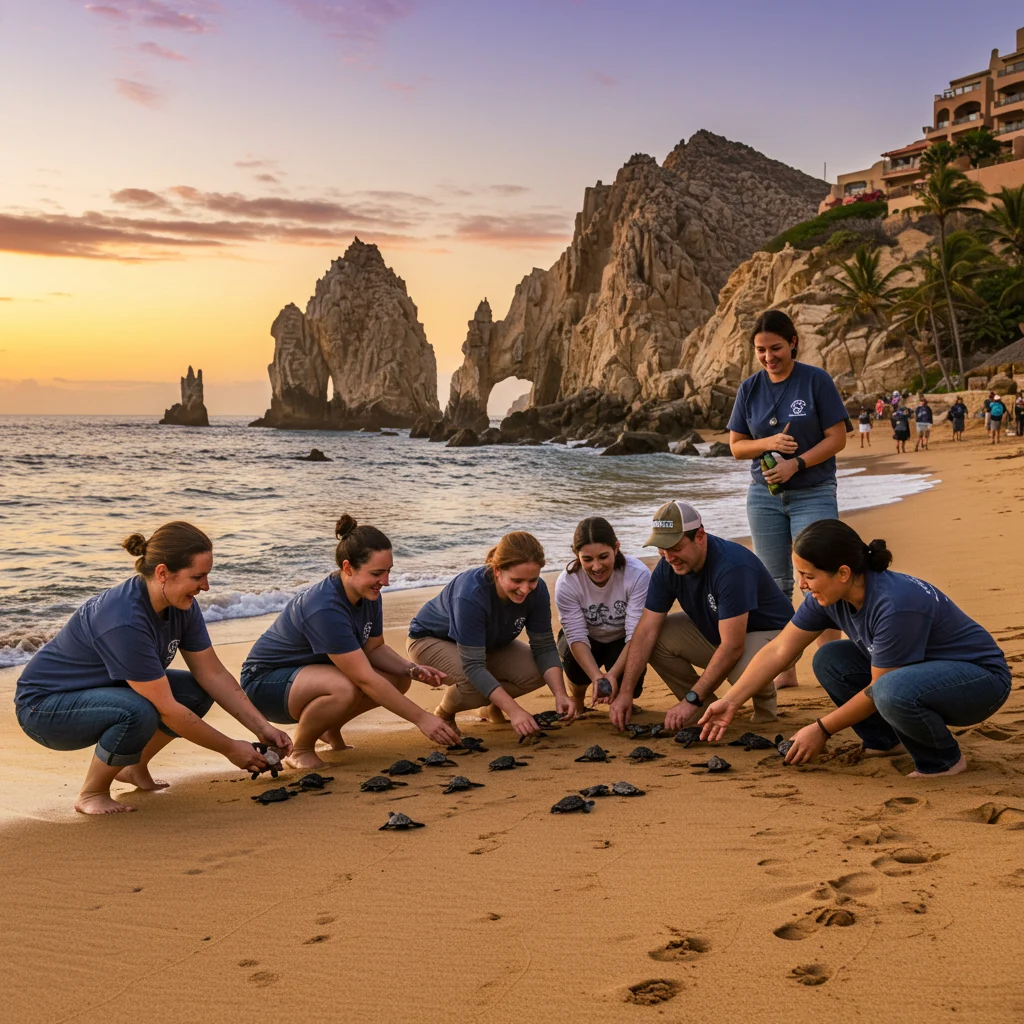Introduction to the Los Cabos Turtle Release Conservation Program
Los Cabos is renowned not only for its pristine beaches and vibrant nightlife, but also for its commitment to sea turtle conservation. Each year, residents, conservationists, and travelers unite to support the Turtle Release Conservation Program, an initiative that safeguards endangered turtles and inspires visitors to become environmental stewards. The gentle breeze at dusk, the soft sand underfoot, and the sight of tiny hatchlings making their way to the ocean create an experience that resonates with people of all ages.
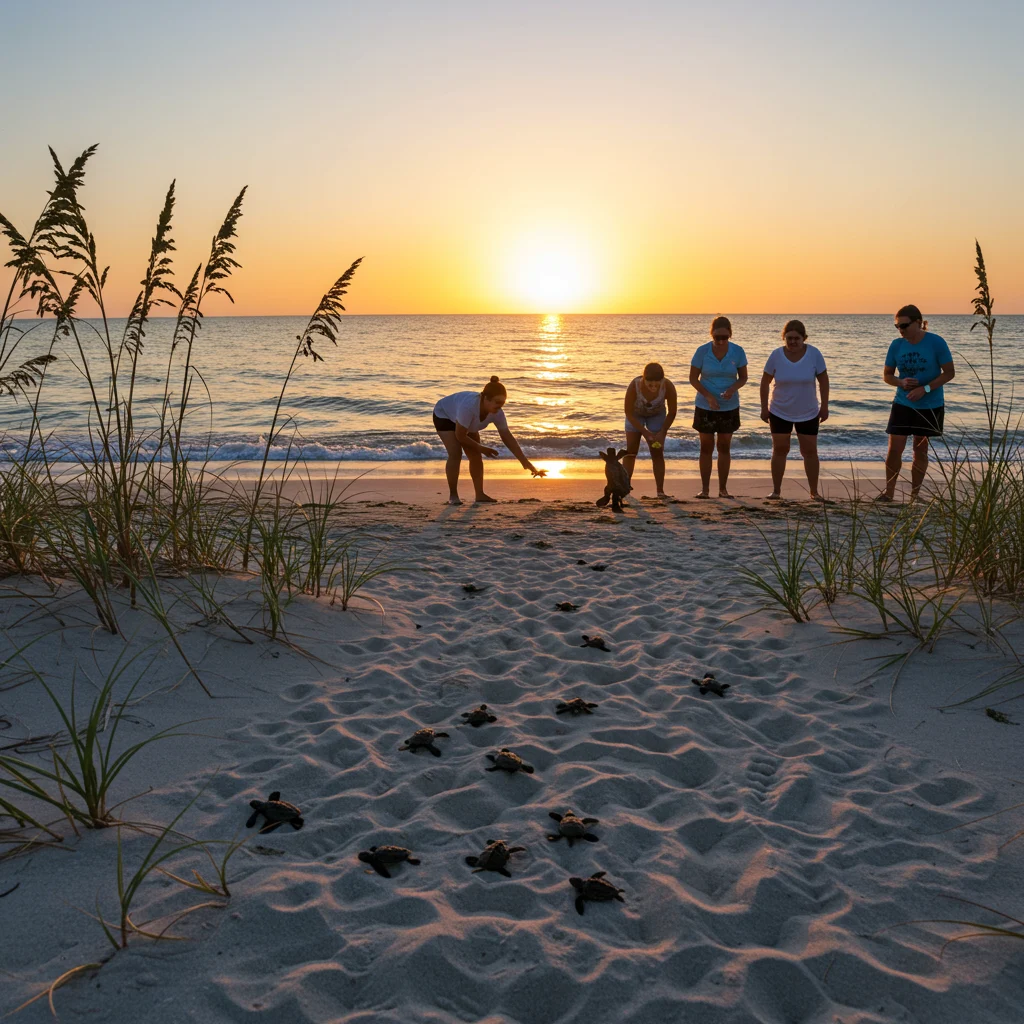
This article provides a comprehensive look at the program, its significance, the species involved, and how both locals and tourists can actively participate while making a positive impact.
What Is the Los Cabos Turtle Release Program?
The Los Cabos Turtle Release Program is a collaborative conservation effort aimed at protecting vulnerable sea turtle species along the Baja California peninsula. The program focuses on safeguarding nests, nurturing hatchlings, and facilitating their safe journey to the sea. By involving local communities, volunteers, and visitors, the program helps to ensure the survival of these ancient mariners, whose existence is threatened by human activity and environmental changes.
Why Are Sea Turtle Conservation Efforts Important?
Sea turtles play a vital role in maintaining the health of marine and coastal ecosystems. Their grazing habits help regulate seagrass beds and coral reefs, supporting a diverse range of marine life. Without robust conservation efforts, the decline of turtle populations would disrupt these delicate ecosystems, impacting fisheries, tourism, and coastal protection.
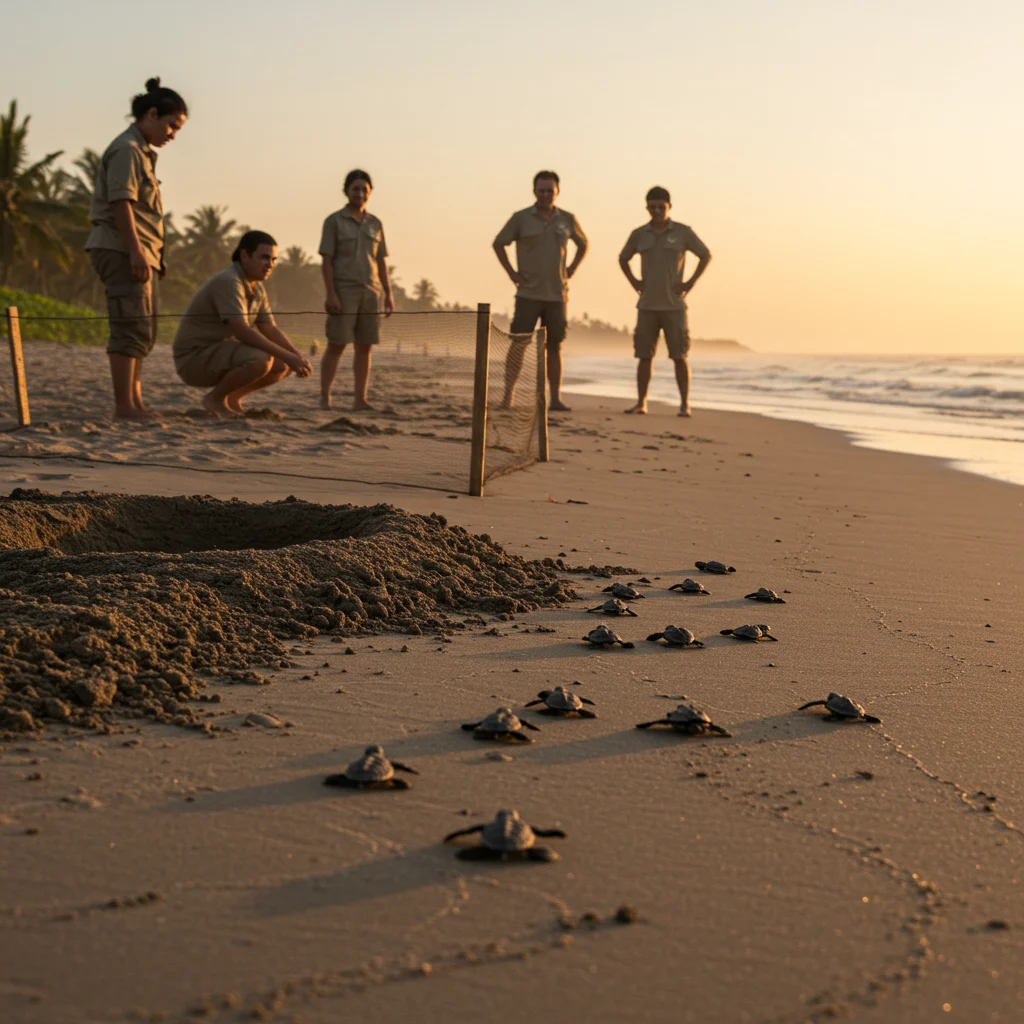
Preserving sea turtles is not only an ecological necessity, but also a cultural and economic imperative for communities like Los Cabos that depend on sustainable tourism and natural heritage.
A Brief History of Sea Turtle Conservation in Los Cabos
Sea turtle conservation in Los Cabos began in earnest in the late twentieth century, as awareness grew about the rapid decline of local turtle populations due to poaching, habitat loss, and pollution. Grassroots organizations, in collaboration with local authorities, established hatcheries and educational programs to protect nests and raise public awareness.
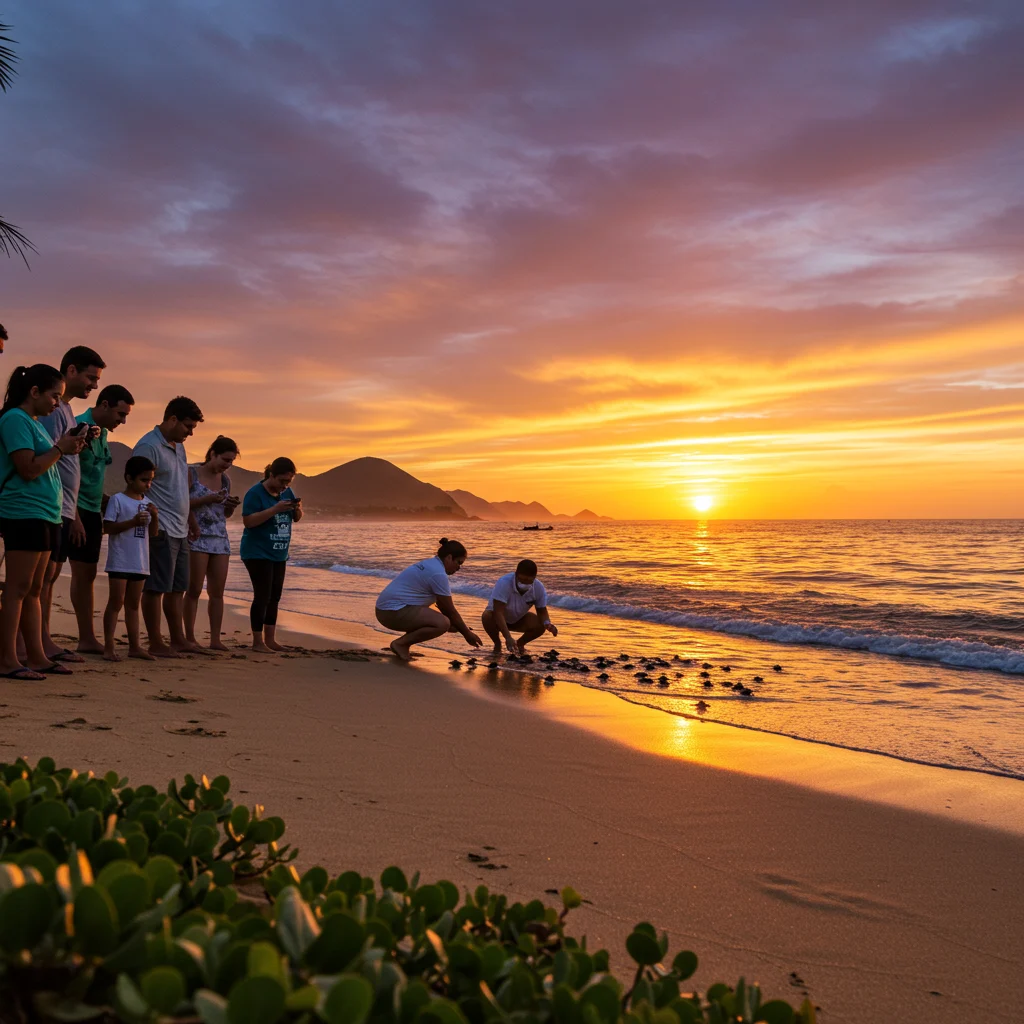
Over the years, these efforts have evolved into a comprehensive program that now includes scientific research, community outreach, and international partnerships, setting a model for other coastal regions.
Which Sea Turtle Species Are Found in Los Cabos?
Los Cabos is home to several sea turtle species, each with unique characteristics and conservation needs. The most commonly encountered are the Leatherback, Olive Ridley, Loggerhead, Hawksbill, and Green turtles. Understanding their differences is crucial for effective protection and education.

Leatherback Turtles: Unique Characteristics
Leatherback turtles are the largest of all sea turtles, often exceeding 2 meters in length. Their soft, leathery shells set them apart from other species. These turtles are highly migratory and can dive to great depths in search of jellyfish, their primary food source.
Olive Ridley Turtles: Key Facts
Olive Ridley turtles are known for their synchronized mass nesting events, called arribadas. They are smaller than other species but are among the most numerous in Los Cabos. Their olive-colored shells and social nesting behaviors make them a favorite among conservationists and visitors alike.
Loggerhead Turtles: Features and Behavior
Loggerhead turtles possess powerful jaws that allow them to feed on hard-shelled prey like crabs and mollusks. Their reddish-brown shells and large heads distinguish them from other local turtles. Loggerheads are often seen nesting on the beaches of southern Baja California.
Hawksbill Turtles: Conservation Status
Hawksbill turtles are critically endangered, prized for their beautiful, patterned shells. They play an essential role in maintaining healthy coral reefs by feeding on sponges and algae. Conservationists monitor hawksbill populations closely to prevent further decline.
Green Turtles: Habitat and Threats
Green turtles are named for the greenish color of their fat, rather than their shells. They primarily graze on seagrasses and algae, which helps maintain the balance of coastal ecosystems. These turtles face threats from habitat destruction, boat strikes, and bycatch in fishing operations.
When Is Turtle Nesting Season in Los Cabos?
The prime turtle nesting season in Los Cabos typically spans from late June through November. During these months, female turtles emerge from the sea under the cover of darkness to lay their eggs on sandy beaches. Hatchlings begin to emerge about 45 to 60 days later, with peak release events occurring from August to December. Timing your visit during this period offers the best chance to witness or participate in a release event.
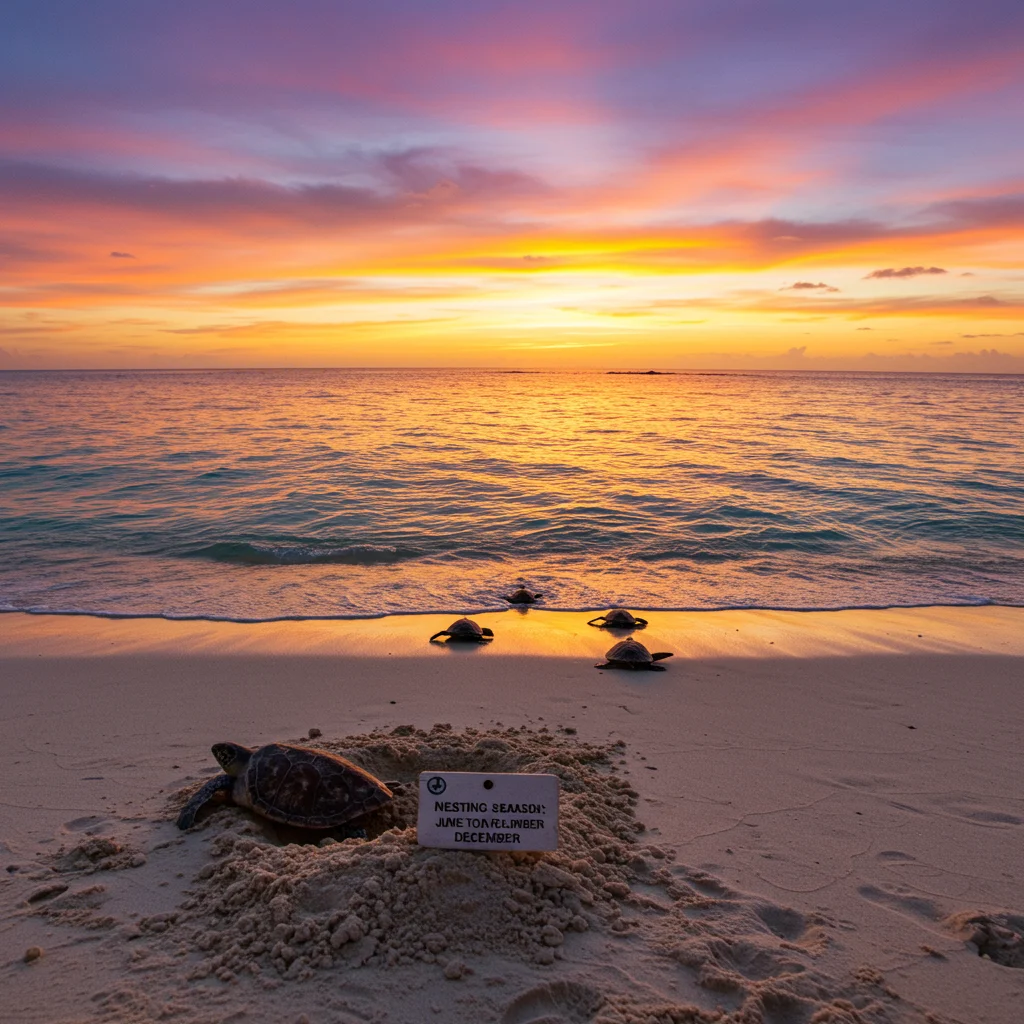
How Does the Turtle Release Process Work?
The turtle release process is a carefully orchestrated sequence of steps designed to maximize hatchling survival. Dedicated teams oversee every stage, from nest discovery to the moment hatchlings reach the waves, ensuring minimal interference and optimal safety.
Egg Collection and Protection
After a nesting female lays her eggs, conservationists and trained volunteers mark and, if necessary, relocate the nest to a protected hatchery. This step shields the eggs from predators, flooding, and human disturbance, giving them the best chance to develop undisturbed.
Incubation and Monitoring
Eggs remain under constant surveillance throughout incubation. Temperature and humidity are carefully monitored, as these factors influence the sex of the hatchlings and their overall health. Any signs of predation or disease are addressed swiftly by the team.
Hatchling Care and Preparation
Once the eggs hatch, newborn turtles are kept safe in shaded enclosures until release time. This brief period allows for health checks and gives the hatchlings a chance to regain strength after emerging from their shells.
The Release Event: Step-by-Step
During a turtle release event, participants gather on the beach at sunset or sunrise. Conservationists provide instructions to ensure the safety of the hatchlings. Guests are often invited to gently place turtles on the sand and watch as they instinctively crawl toward the surf, guided by the natural light on the horizon. The atmosphere is charged with anticipation and hope, as each tiny turtle takes its first steps toward a life at sea.
What Threats Do Sea Turtles Face in Los Cabos?
Despite conservation successes, sea turtles in Los Cabos continue to face significant threats. Understanding these challenges is essential for building effective solutions and raising public awareness.
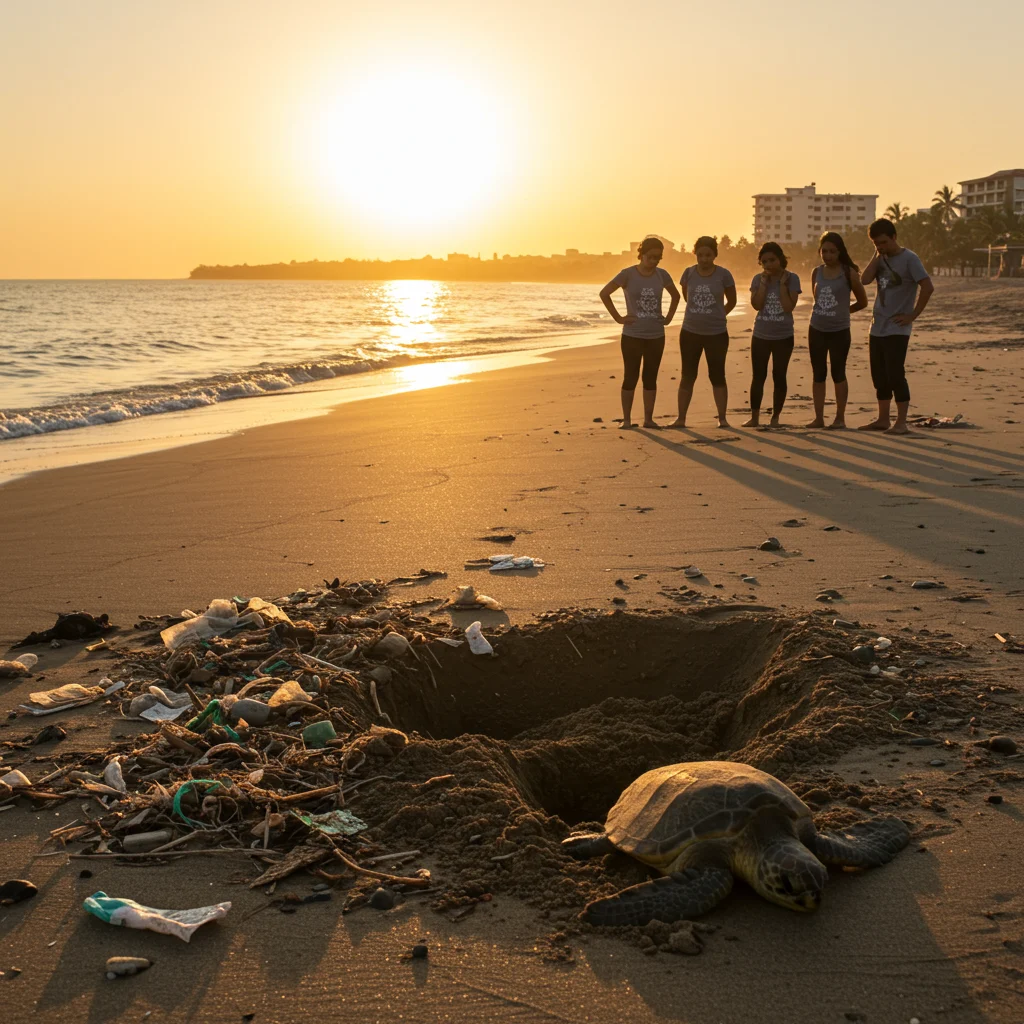
Natural Predators
From the moment they hatch, sea turtles are vulnerable to natural predators such as birds, crabs, and fish. Only a small fraction of hatchlings survive the perilous journey from nest to ocean, making every saved nest and hatchling critical for population recovery.
Human Impact and Coastal Development
Rapid coastal development disrupts nesting beaches, introduces artificial lighting, and increases human activity. These changes disorient nesting females and hatchlings, often leading them away from the safety of the sea. As we highlighted in our post about the Cabo Migrino Beach and Desert ATV Tour, balancing recreation and conservation is vital for protecting fragile habitats.
Climate Change Effects
Rising temperatures, shifting weather patterns, and sea-level rise are altering nesting conditions. Since temperature determines the sex of hatchlings, even slight increases can skew populations, posing long-term risks to species survival.
Pollution and Marine Debris
Plastic pollution and marine debris present life-threatening hazards. Turtles may ingest plastic or become entangled in discarded fishing gear, resulting in injury or death. Community clean-up efforts and responsible waste management are essential steps in addressing this issue.
Illegal Poaching and Egg Harvesting
Despite legal protections, poaching of eggs and adult turtles persists in some areas. Conservation organizations collaborate with authorities to enforce regulations and educate communities about the ecological and legal consequences of poaching.
Conservation Strategies Used in Los Cabos
To address these threats, the Los Cabos Turtle Release Conservation Program employs a multifaceted approach. These strategies combine science, community involvement, and policy advocacy to protect turtles at every stage of their lifecycle.
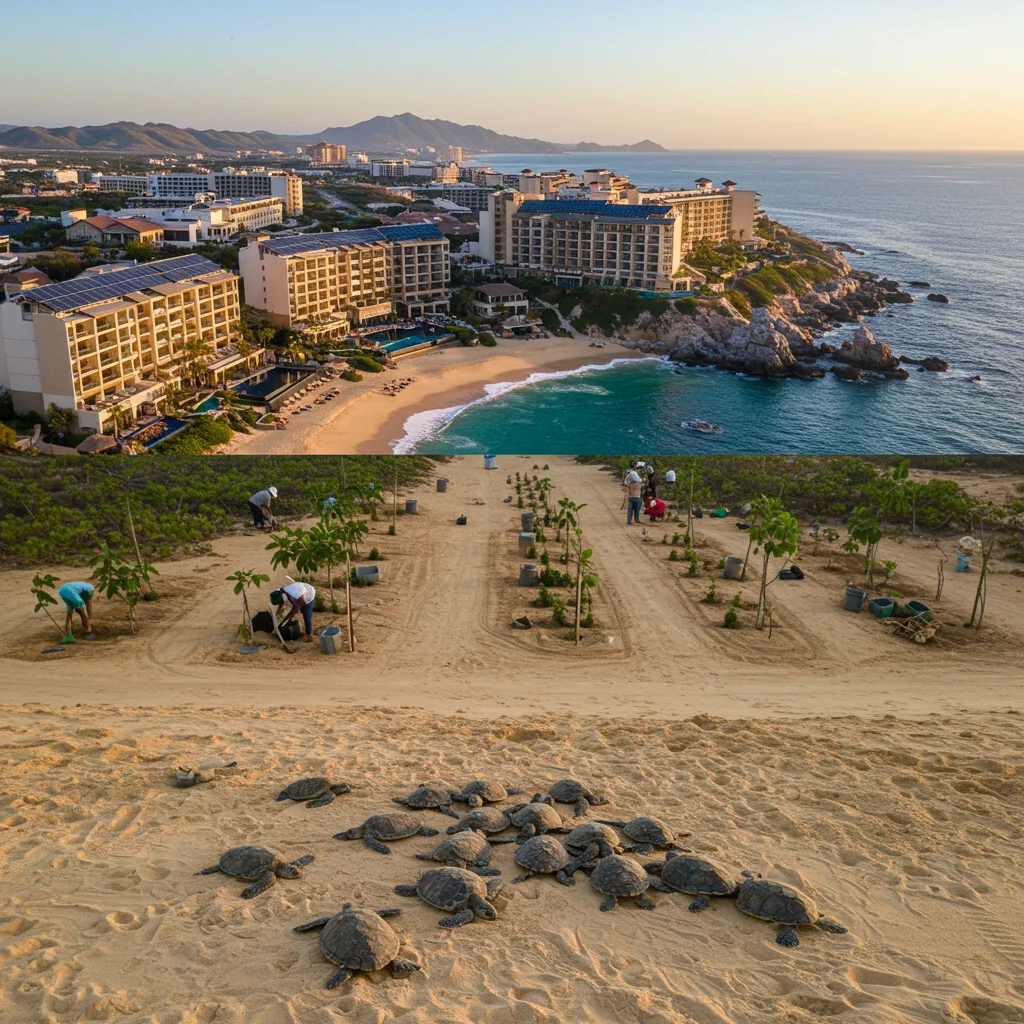
Beach Patrols and Monitoring
Trained teams patrol beaches nightly during nesting season, identifying and safeguarding new nests. Monitoring efforts help track population trends and identify emerging threats, allowing for data-driven decision-making.
Nest Relocation Programs
When nests are at risk from erosion, flooding, or human activity, they are carefully relocated to protected hatcheries. This technique has proven effective in increasing hatchling survival rates and supporting population recovery.
Community Education Initiatives
Educational programs in schools and community centers foster a sense of stewardship among residents. By raising awareness about the importance of sea turtles, these initiatives inspire lasting behavioral changes that benefit both wildlife and people.
Partnerships with Local Authorities
Collaboration with government agencies ensures that conservation measures are enforced and supported at all levels. Joint campaigns target poaching, pollution, and habitat destruction, amplifying the impact of grassroots efforts.
Volunteer Involvement in Conservation
Volunteers play a pivotal role in the success of the turtle release program. From assisting with beach patrols to participating in educational outreach, their contributions help amplify the reach and effectiveness of conservation initiatives. Many visitors find that volunteering offers a meaningful way to give back to the destination, forging connections with like-minded individuals and the natural world.
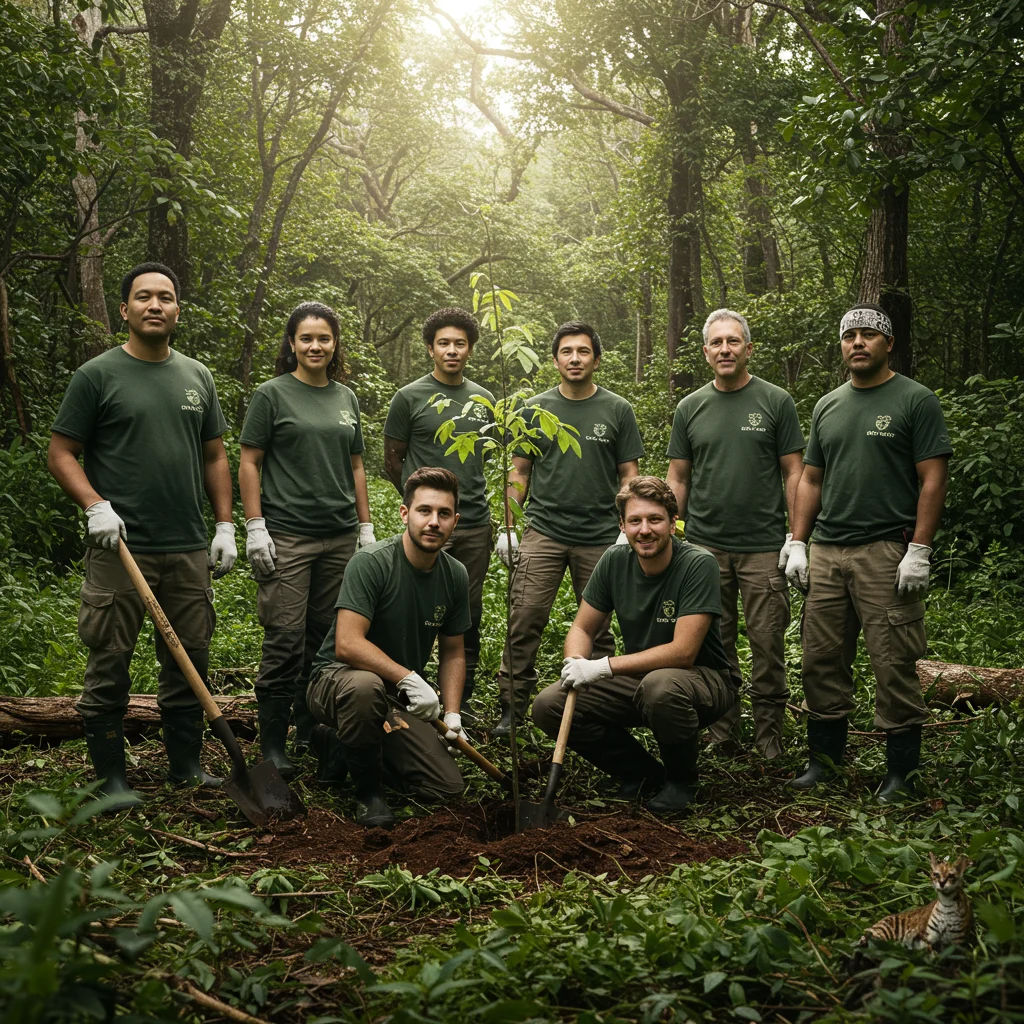
How Can Tourists Participate in Turtle Releases?
Tourists are welcomed and encouraged to join turtle release events in Los Cabos. By participating, visitors not only witness a memorable wildlife moment but also support ongoing conservation efforts.
What to Expect During a Turtle Release Event
Upon arrival, guests are greeted by conservation staff who provide a brief orientation. The experience typically includes a short educational talk, a demonstration of proper release techniques, and the opportunity to help guide hatchlings to the sea. The air is filled with excitement and reverence as each participant plays a part in giving the turtles a fighting chance at survival.
How to Prepare for a Turtle Release Experience
We recommend wearing comfortable, beach-appropriate clothing and bringing a reusable water bottle. Since events often take place at dusk or dawn, insect repellent and a light jacket may enhance your comfort. Photography is usually permitted, but flash is discouraged to avoid disorienting the turtles.
Best Practices for Responsible Participation
- Follow all instructions from conservation staff.
- Handle hatchlings gently and only when invited to do so.
- Avoid using artificial lights or camera flashes.
- Stay on designated paths to protect nesting sites.
- Leave no litter behind and respect the natural environment.
Family-Friendly Activities at Release Events
Turtle releases are suitable for all ages and offer a unique opportunity for families to bond over shared values and unforgettable experiences. Many events include interactive stations and educational resources tailored for younger participants.
Educational Opportunities for Children
Children can participate in hands-on activities such as identifying turtle tracks, learning about ocean currents, and crafting turtle-themed art. These experiences nurture curiosity and environmental awareness from an early age.
Interactive Learning Stations
Learning stations staffed by marine biologists and conservationists provide in-depth knowledge about turtle biology, threats, and conservation strategies. These stations encourage questions and foster a deeper understanding of the delicate balance of marine ecosystems.
The Role of Local Hotels and Resorts in Conservation
Many hotels and resorts in Los Cabos have embraced eco-friendly practices and actively support turtle conservation. By integrating sustainability into their operations, these properties contribute to the protection of nesting beaches and marine habitats.
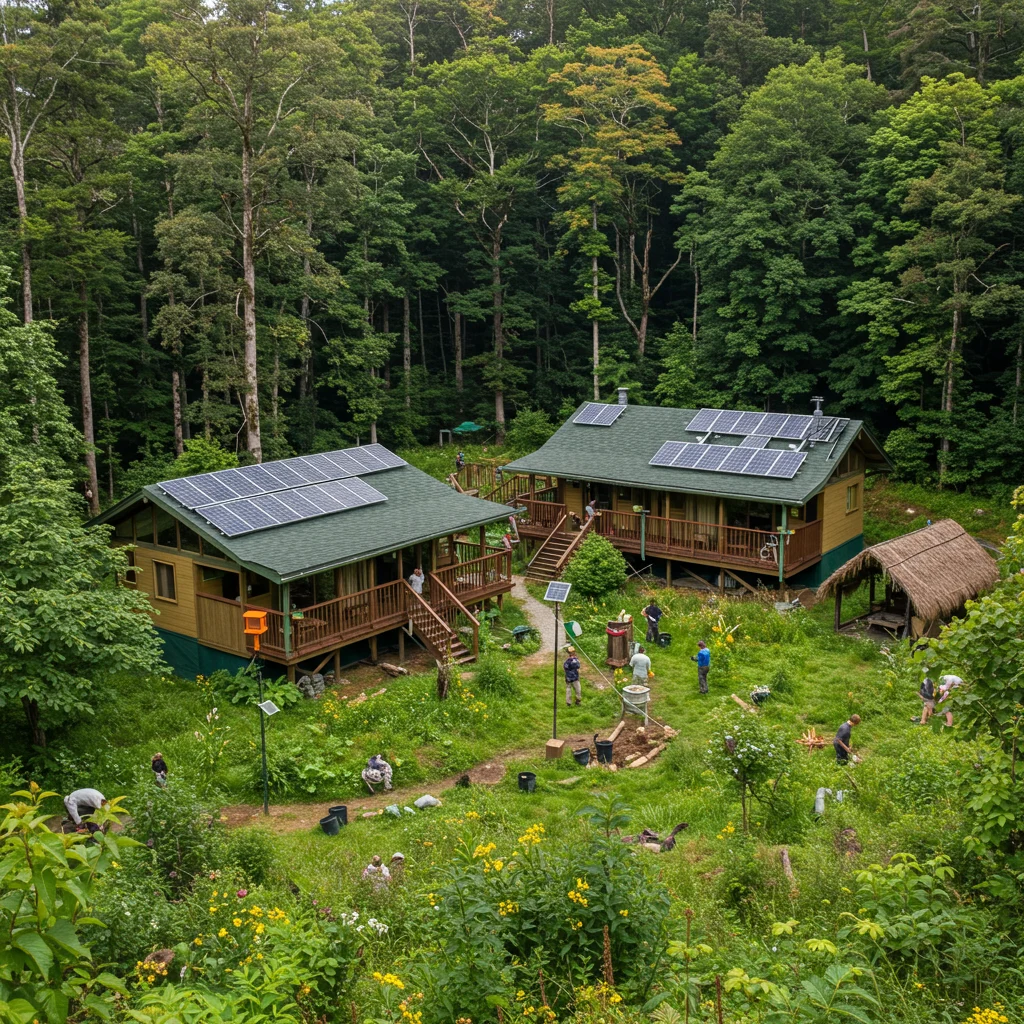
Eco-Friendly Resort Initiatives
Resorts use measures such as reducing light pollution, conducting regular beach cleanups, and educating guests about wildlife protection. Some properties have achieved certifications for sustainable tourism, highlighting their long-term commitment to environmental stewardship.
Hotel-Sponsored Turtle Release Programs
Several hotels organize exclusive release events for their guests, often in partnership with local conservation groups. These programs offer a convenient way for travelers to participate in meaningful activities during their stay. For those interested in marine life experiences elsewhere, our Key Largo Coral Reef Glass Bottom Boat Adventure details another approach to eco-friendly tourism.
How Local Communities Benefit from Turtle Conservation
The success of sea turtle conservation brings tangible benefits to local communities, both economically and socially. By investing in wildlife protection, Los Cabos strengthens its appeal as a sustainable travel destination.
Economic Impact of Ecotourism
Ecotourism generates income and employment for residents, from guiding tours to providing hospitality services. This economic boost encourages continued investment in conservation and sustainable development.
Community Engagement and Awareness
Involving local residents in conservation fosters pride and a sense of ownership over natural resources. Educational programs and participatory events further deepen community ties and raise collective environmental consciousness.
Cultural Significance of Sea Turtles in Baja California
Beyond their ecological value, sea turtles hold a special place in the cultural heritage of Baja California. Their presence is woven into local traditions, stories, and artistic expressions.
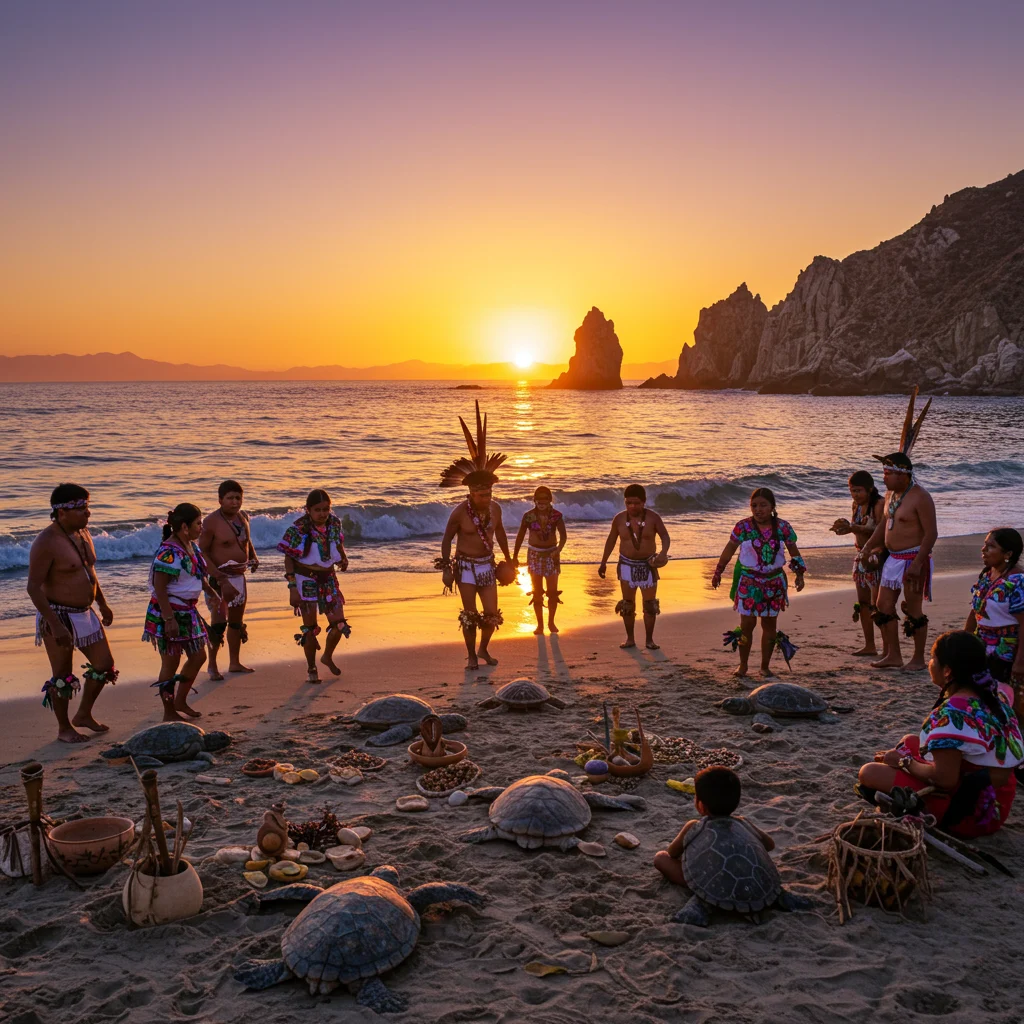
Traditional Beliefs and Folklore
For generations, sea turtles have symbolized endurance, wisdom, and the cyclical nature of life. Local legends often feature turtles as protectors of the sea, connecting communities to their coastal environment.
Turtles in Local Art and Festivals
Artists and craftspeople incorporate turtle motifs into ceramics, textiles, and paintings, celebrating their importance. Annual festivals sometimes include turtle parades or educational displays, reinforcing their cultural relevance.
Success Stories: Positive Outcomes of the Program
The ongoing commitment to sea turtle conservation in Los Cabos has yielded measurable results and garnered international recognition.

Increased Hatchling Survival Rates
Through a combination of nest protection, predator control, and community engagement, hatchling survival rates have improved significantly over the past decade. Thousands of turtles now reach the ocean each year, offering hope for future generations.
Restoration of Nesting Beaches
Conservation efforts have led to the restoration and protection of critical nesting sites. Beach cleanups, habitat restoration projects, and the removal of invasive species have made these areas safer for both turtles and local wildlife.
Recognition and Awards for Conservation Efforts
The program has received accolades from environmental organizations and government agencies, highlighting its innovative strategies and community-driven approach.
As experts often say:
“Conservation is a state of harmony between men and land.” – Aldo Leopold
Challenges Still Facing Sea Turtle Conservation
Despite notable successes, several challenges remain for sea turtle conservation in Los Cabos. Ongoing vigilance and adaptation are required to sustain progress.
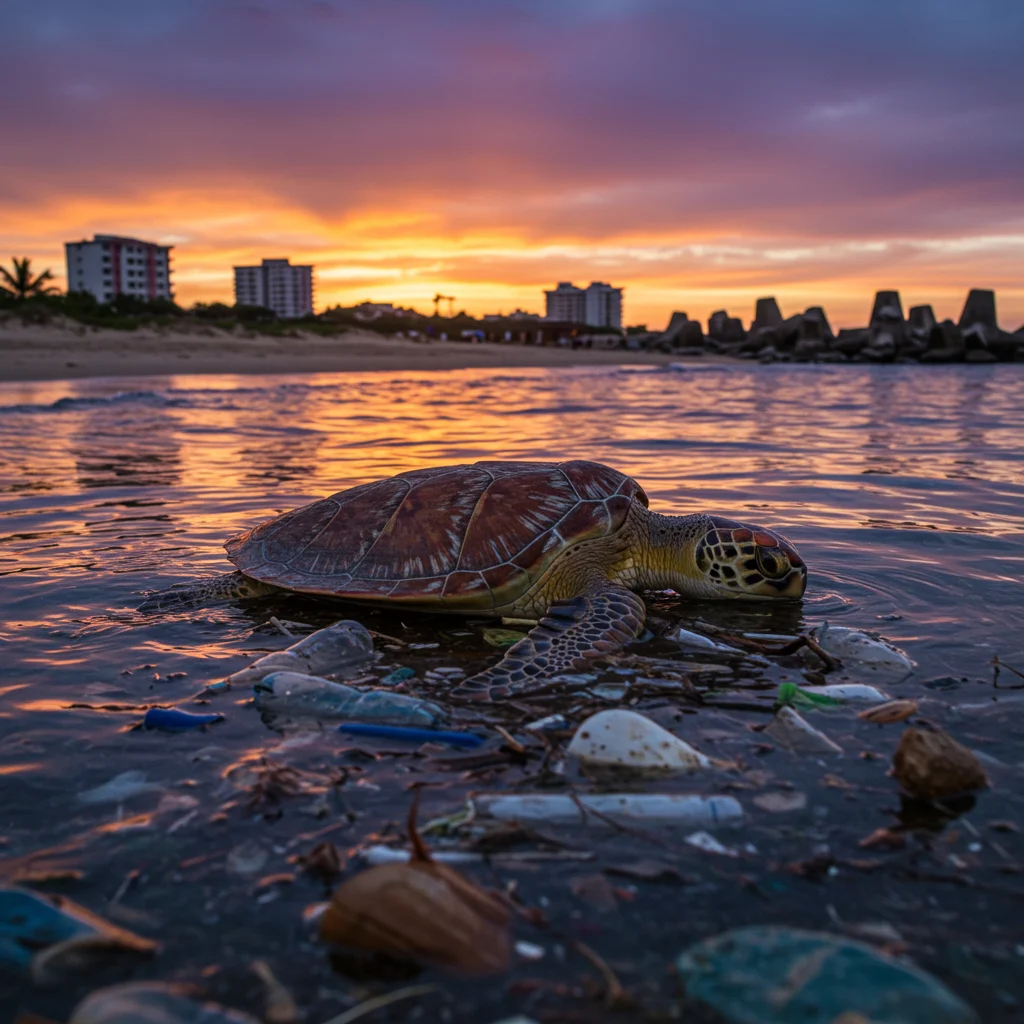
Funding and Resource Limitations
Securing consistent funding for conservation programs is a recurring challenge. Limited resources can constrain research, outreach, and enforcement activities, making public support and donations vital.
Balancing Tourism and Conservation
While tourism provides economic benefits, unregulated activity can threaten sensitive habitats. Creating guidelines that protect wildlife without stifling tourism is an ongoing balancing act. For inspiration from another destination, see our review of the Rose Island Adventure, which highlights responsible wildlife tourism practices.
Addressing Climate Adaptation
Adapting to climate change requires innovative solutions, such as shading nests or relocating them to cooler areas. Research into long-term adaptation strategies is underway, but implementation remains a complex challenge.
How Technology Is Enhancing Turtle Conservation
Advances in technology are transforming the way conservationists study and protect sea turtles in Los Cabos. These tools provide new insights and enable more effective management of resources.

Satellite Tracking of Sea Turtles
Satellite transmitters attached to adult turtles allow researchers to monitor migration routes, feeding grounds, and nesting sites. This data informs conservation strategies and international cooperation.
Use of Drones for Nest Monitoring
Drones offer a non-intrusive way to survey remote beaches and identify nesting activity. High-resolution imagery helps teams respond quickly to threats and assess the success of relocation efforts.
Mobile Apps for Citizen Science
Mobile applications empower both locals and tourists to report sightings, track nest locations, and upload photos. These citizen science initiatives expand the reach of conservation programs and foster public participation. For those interested in technology-driven wildlife observation, our Tenerife Los Cristianos Whale & Dolphin Eco-Yacht Tour showcases a similar use of technology for marine conservation.
How to Support Sea Turtle Conservation Year-Round
Even if you cannot visit during nesting season, there are many ways to support sea turtle conservation throughout the year. Every action, no matter how small, contributes to the survival of these remarkable animals.
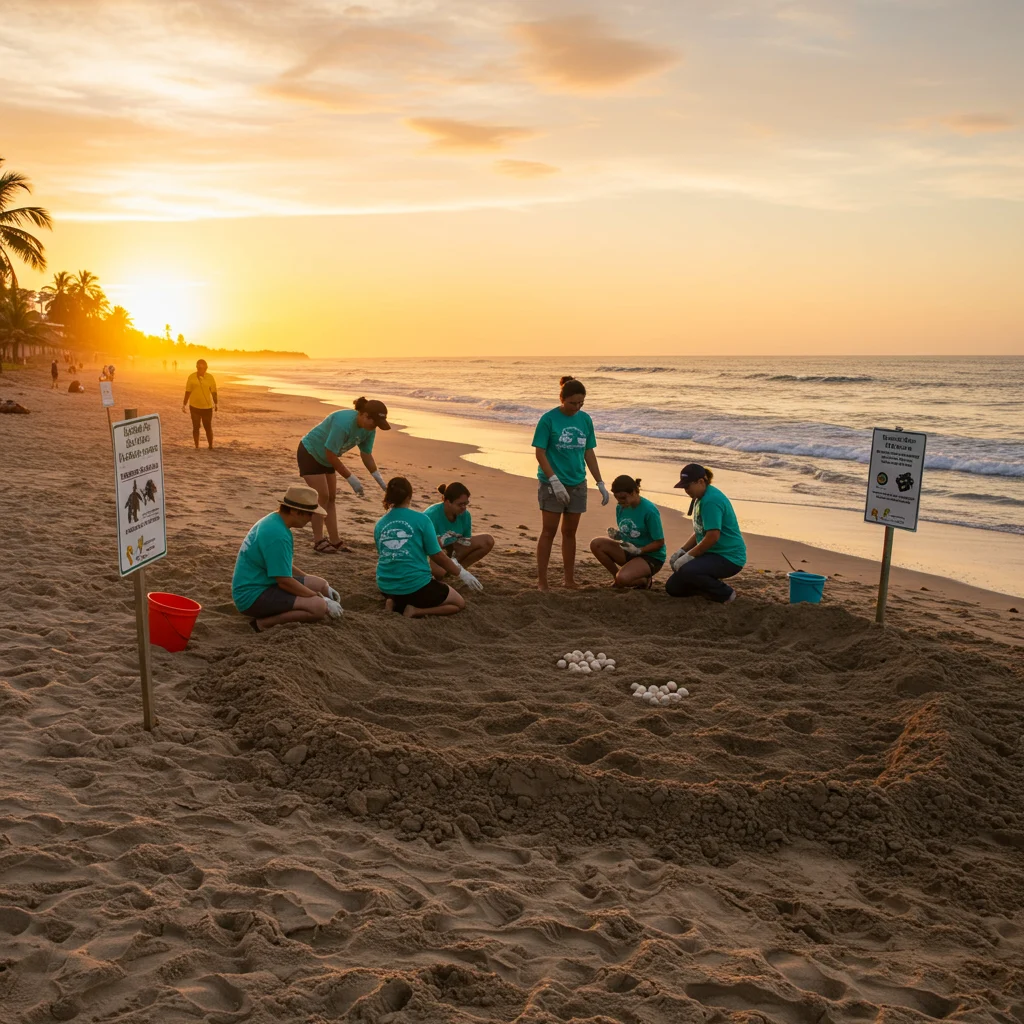
Donating to Conservation Organizations
Financial contributions help fund research, education, and on-the-ground protection efforts. Many reputable organizations operate in Los Cabos and welcome donations from supporters worldwide.
Adopt-a-Turtle Programs
Symbolic turtle adoptions provide a meaningful way to contribute while receiving updates and information about your adopted turtle. These programs often include certificates, photos, and educational materials.
Spreading Awareness on Social Media
Sharing information about sea turtle conservation on social media amplifies the message and encourages others to get involved. Use photos, stories, and facts to inspire your network and raise global awareness.
Frequently Asked Questions About Turtle Release Programs
Prospective participants often have questions about the logistics and ethics of turtle release events. Here, we address some of the most common inquiries.
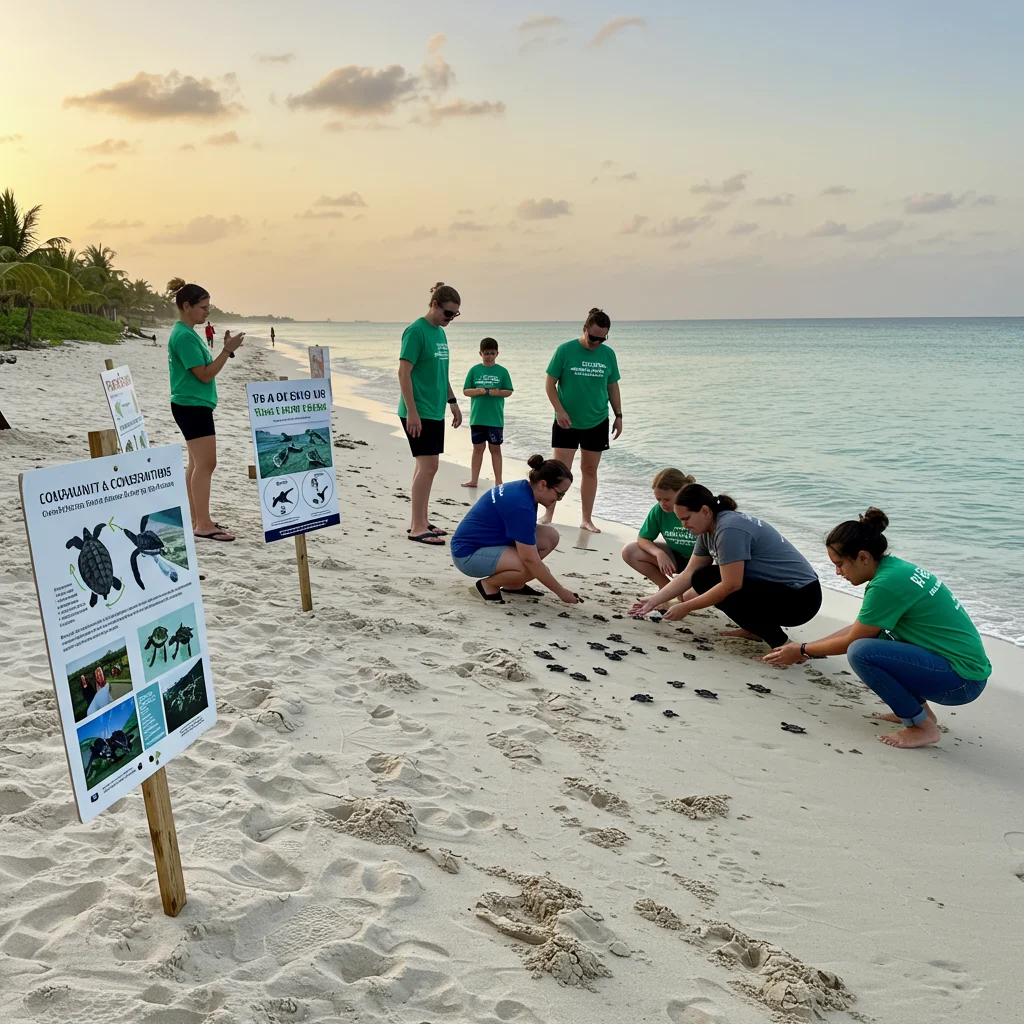
Are Turtle Releases Safe for the Animals?
Yes, when conducted by trained professionals and under strict guidelines, turtle releases are safe and beneficial. The process minimizes stress and maximizes the hatchlings’ chances of survival.
How Often Are Release Events Held?
Release events occur regularly during nesting and hatching season, typically from August to December. Some organizations offer daily releases, while others schedule events based on hatchling availability.
Can Children Participate in Releases?
Children are welcome at most turtle release events, provided they follow instructions and are supervised by adults. These experiences foster environmental responsibility from a young age.
What Should I Bring to a Turtle Release Event?
We suggest bringing comfortable shoes, a hat, sunscreen, and a reusable water bottle. Avoid bringing pets, large bags, or any items that might disrupt the turtles or their environment.
Key Conservation Organizations in Los Cabos
Several dedicated organizations lead the effort to protect sea turtles and their habitats in Los Cabos. Their work spans research, education, and community engagement.
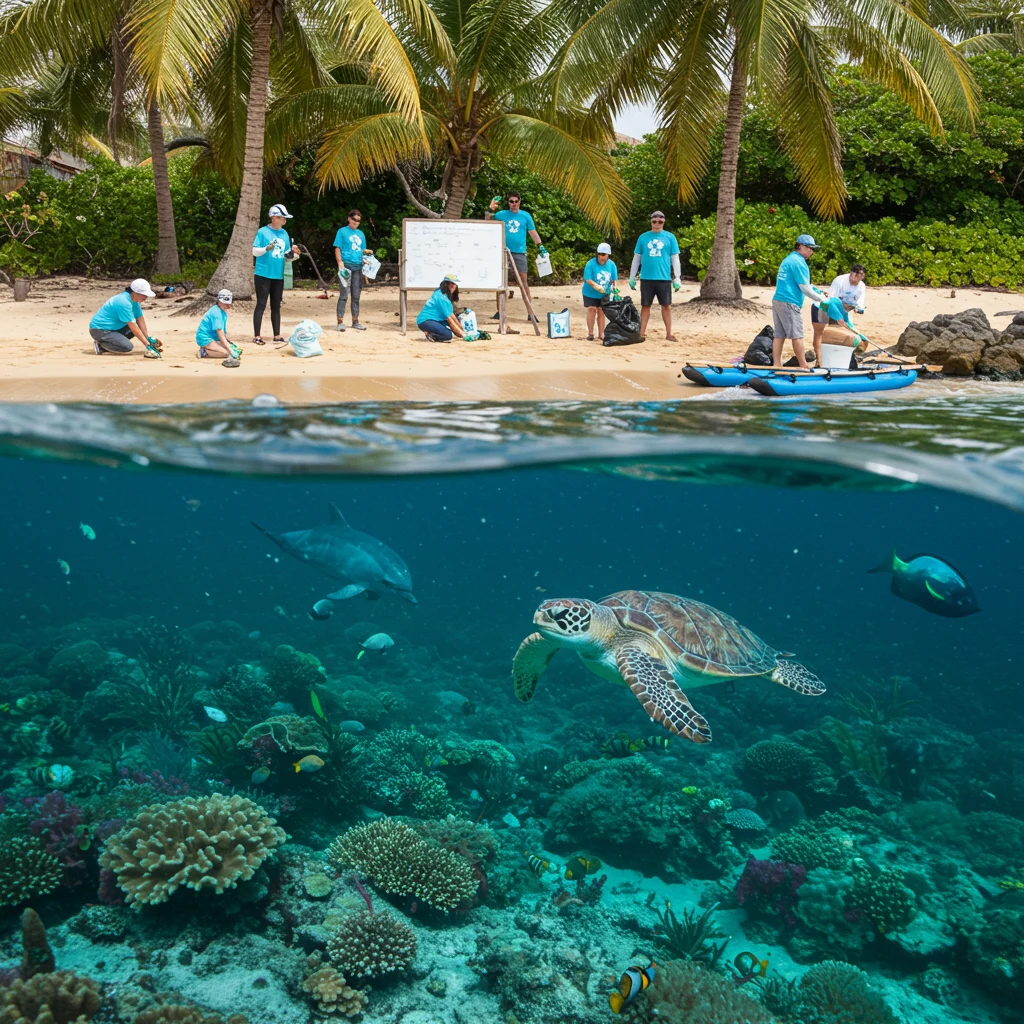
Local Nonprofits and NGOs
Local groups such as Grupo Tortuguero and ProNatura Noroeste coordinate patrols, hatcheries, and public events. Their grassroots approach ensures that conservation is rooted in the local context.
International Partnerships
Collaborations with international organizations bring additional resources, expertise, and visibility to Los Cabos’ conservation efforts. These partnerships help align local initiatives with global best practices.
Contact Information for Volunteering
Interested individuals can find volunteer opportunities by contacting local NGOs or visiting conservation centers in Los Cabos. Many organizations maintain active websites and social media profiles with up-to-date information on programs and events.
Tips for Responsible Wildlife Tourism in Los Cabos
Responsible tourism is key to protecting wildlife and ensuring that future generations can enjoy Los Cabos’ natural wonders. Simple actions can make a significant difference.

Respecting Wildlife and Their Habitats
Observe animals from a safe distance and avoid disturbing nesting sites. Follow posted guidelines and respect the instructions of conservation staff.
Best Practices for Beachgoers
- Keep beaches clean by removing all trash and belongings.
- Refrain from using flashlights or bright lights at night during nesting season.
- Report any suspicious activity or injured turtles to authorities.
- Support local businesses that prioritize sustainability.
For those who enjoy snorkeling, our guide to snorkeling in Hanauma Bay also offers practical tips for eco-friendly water activities.
How to Report Turtle Sightings or Nesting Activity
If you encounter a nesting turtle or discover a nest, promptly contact local conservation authorities or resort staff. Do not attempt to move eggs or disturb the site. Providing accurate information, such as location and time, assists conservation teams in their efforts to protect both turtles and nests.
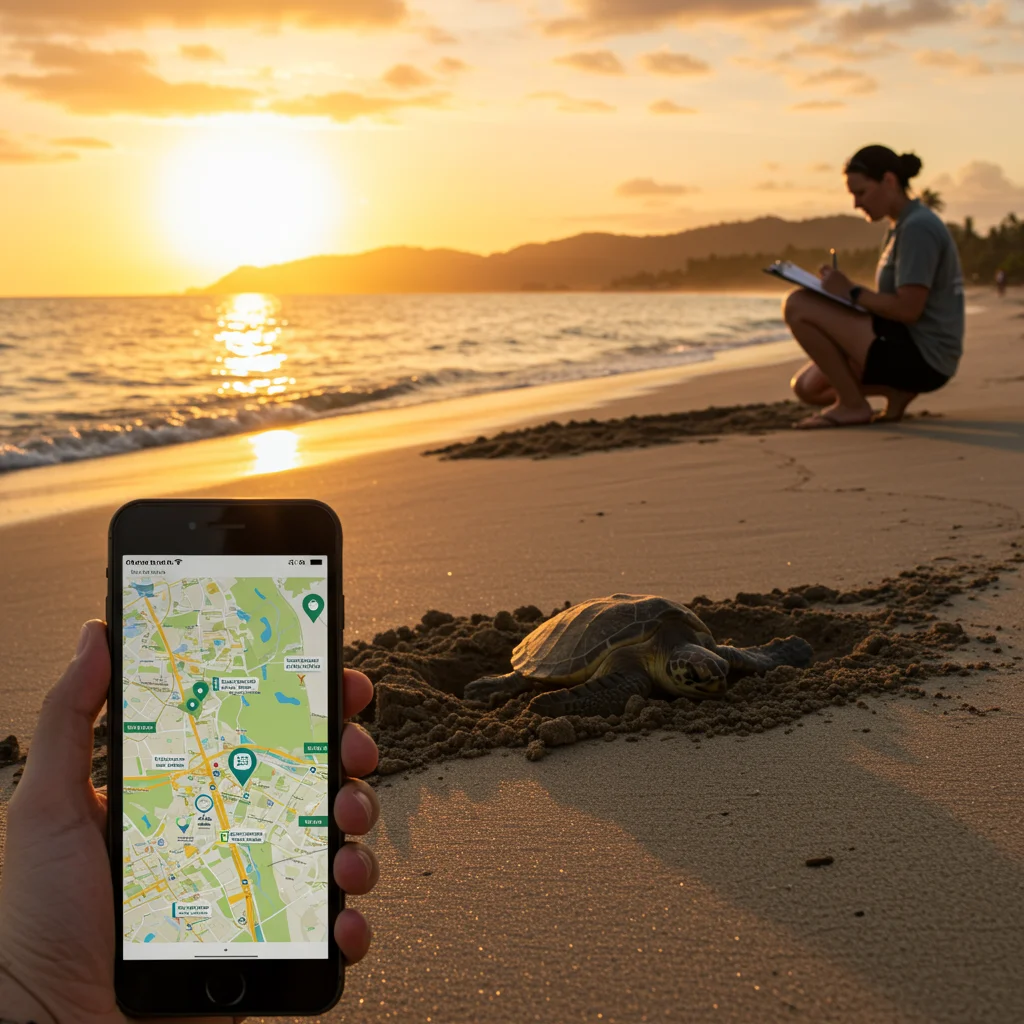
What’s Next for Sea Turtle Conservation in Los Cabos?
Looking ahead, conservationists are developing new initiatives to further safeguard sea turtles in Los Cabos. These include expanded research programs, greater community involvement, and partnerships with the private sector. The goal is to build resilience against emerging threats and secure a brighter future for both turtles and the people who cherish them.
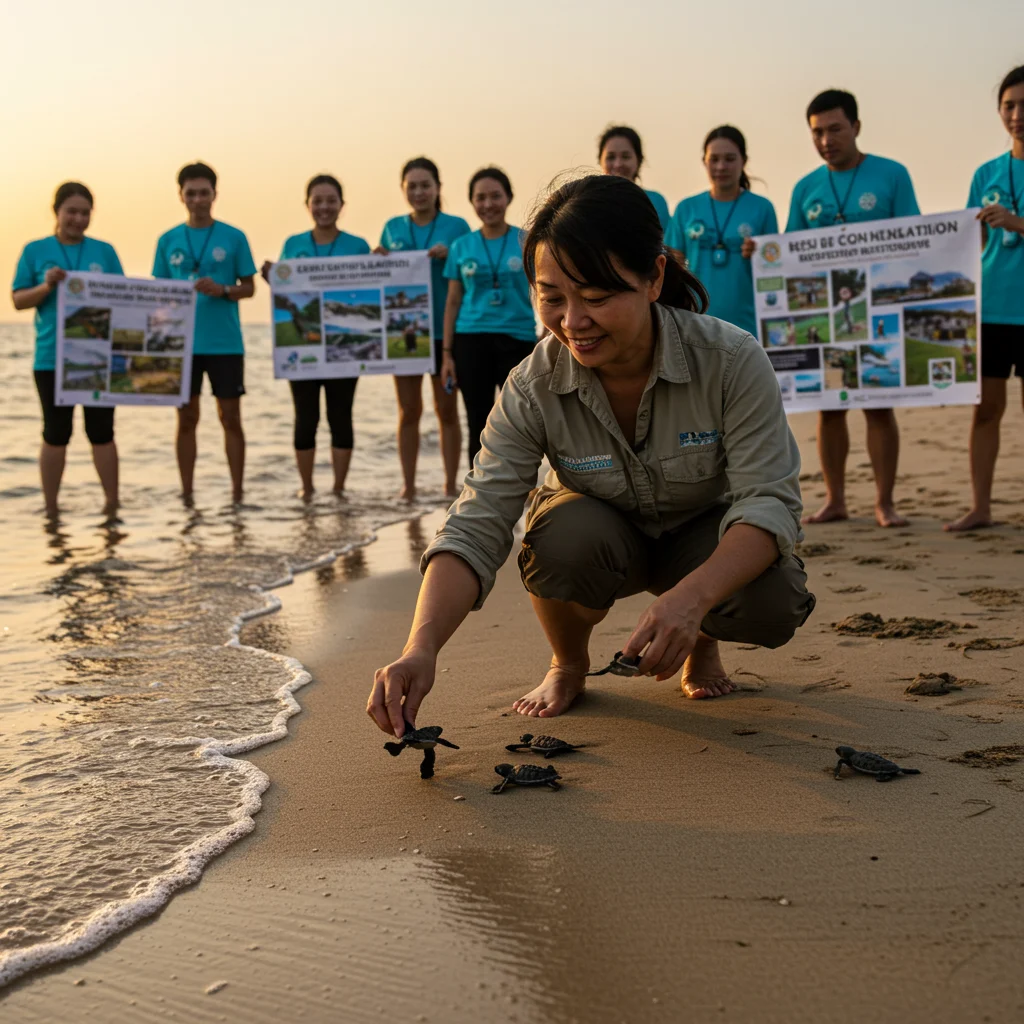
Upcoming Initiatives and Future Goals
Plans are underway to enhance monitoring technology, increase educational outreach, and restore additional nesting habitats. Continued support from visitors and residents alike will be essential in achieving these ambitious goals.
How Can You Make a Difference?
Every individual has the power to contribute to sea turtle conservation. By making informed choices, supporting conservation organizations, and sharing knowledge, we collectively safeguard the legacy of these extraordinary creatures for generations to come. If you are planning your trip, you can find tours and activities that support responsible wildlife experiences.
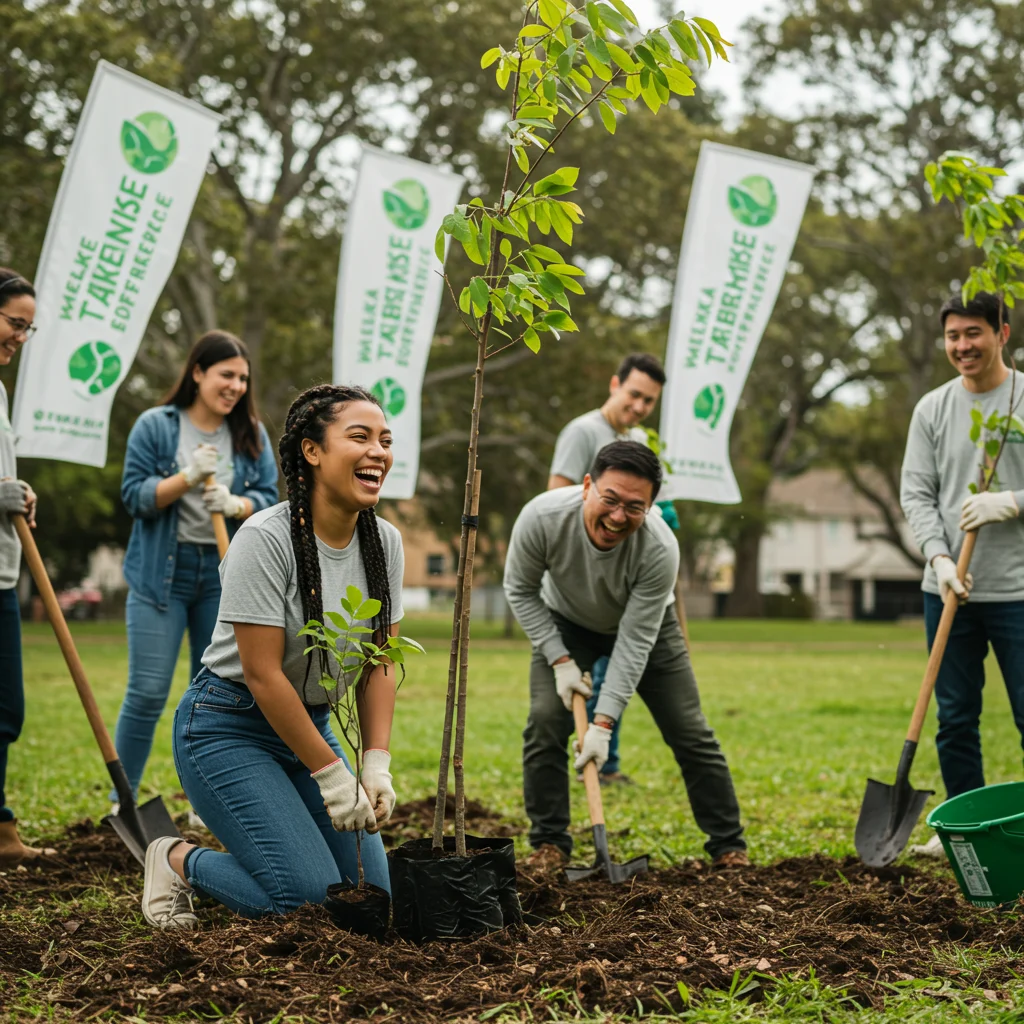
How to Book on Viator
Booking a turtle release experience or any other eco-friendly activity in Los Cabos is simple with Viator. Their platform offers a curated selection of tours, including those that prioritize wildlife conservation and community engagement. To plan your trip and book activities on Viator, browse their website for up-to-date availability, detailed descriptions, and verified reviews.

Many conservation programs partner with Viator to offer educational tours and hands-on experiences, ensuring that your participation directly supports local efforts. Be sure to check for seasonal events and special family-friendly options when making your reservation.
Conclusion: The Lasting Impact of Turtle Release Programs
The Los Cabos Turtle Release Conservation Program stands as a beacon of hope and collaboration, demonstrating what is possible when communities, travelers, and conservationists work together. By supporting these initiatives, we protect not only sea turtles but also the delicate balance of marine ecosystems and the cultural heritage of Baja California. At Unisho, we believe that every journey should leave a positive legacy—one that nurtures wildlife, uplifts communities, and inspires future generations. For more travel inspiration and responsible tourism tips, visit Unisho.
Disclaimer: This information is accurate to the best of our knowledge; however, there may be changes or mistakes. Please verify exact details on the Viator booking page.

